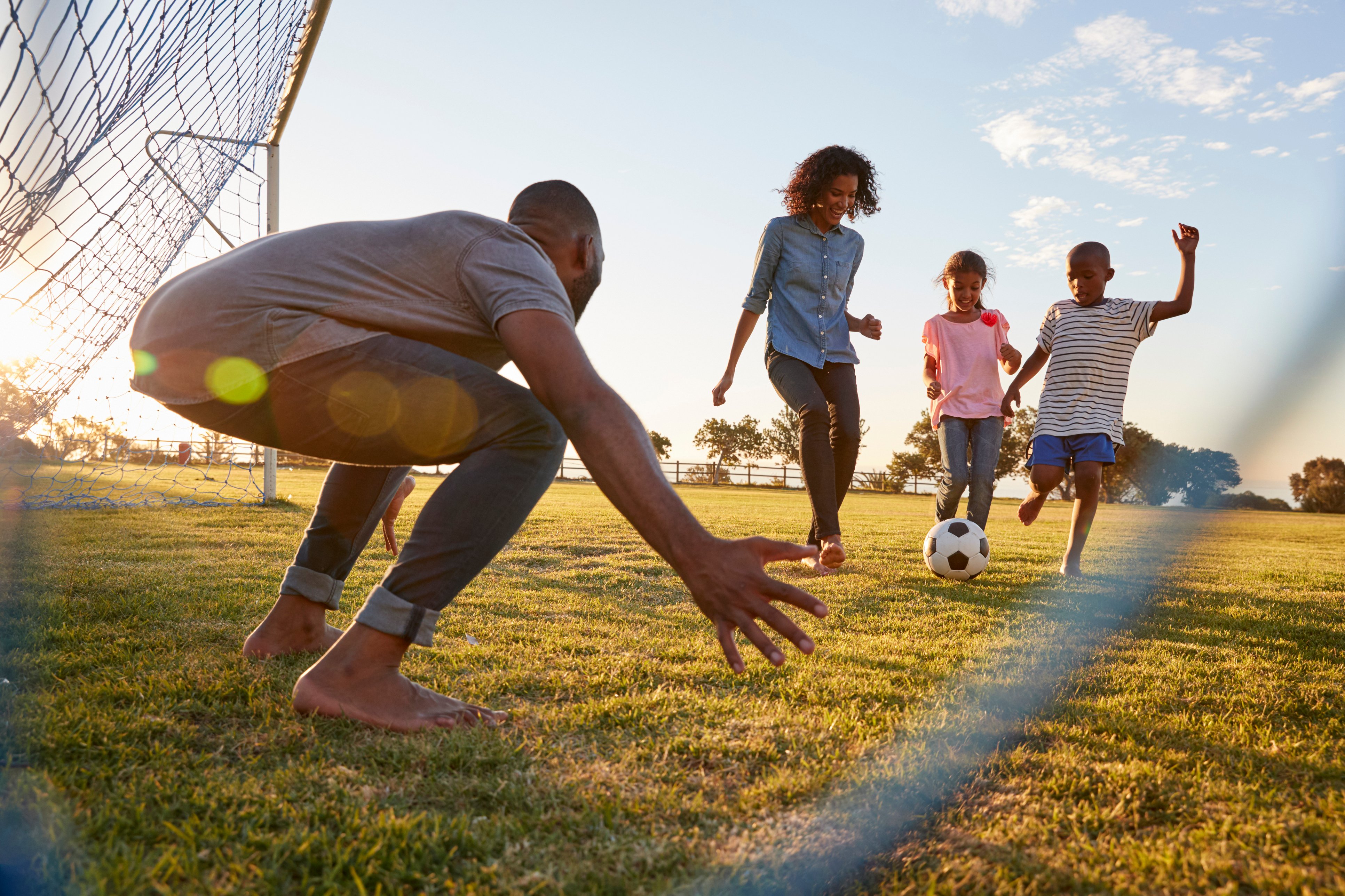Physical methods like heat, cold, touch, and exercise can help to reduce pain. These strategies can help improve a child or teenager's overall sense of well-being. They can improve their ability to do the things they want to do. Physical treatments can be used on their own for the treatment of pain. However, they are typically used in combination with other pain-relieving methods.
Heat
Heat is helpful when dealing with pain due to stiffness. Applying heat increases blood flow. Heat feels soothing, and it can help relieve stiffness in a child or teenager's muscles and joints.
Here are some ways a child or teenager can use heat:
- Use a hot water bottle, heat pack, or heating pad/blanket.
- Apply heating lotions or gels to the affected area.
- Have a warm bath or shower.
- Do exercises in a hot tub or warm swimming pool.
- Use paraffin wax baths for sore hands, feet, and elbows.
It is important to be careful when using heat to avoid burns. Never fall asleep on a heating pad. Turn it off if your child or teen is getting sleepy.
Cold
For some people, cold is a favourite way of dealing with pain. Cold is especially helpful for injured joints and can be helpful for soothing red, swollen joints. Cold gives a natural numbing effect. It numbs the nerve endings in the affected areas. Cold can also help to reduce swelling and inflammation by slowing blood flow and decreasing the activity of cells in the body.
Here are some ways a child or teenager can use cold:
- Use a frozen gel pack wrapped in a towel.
- Try a plastic bag filled with ice or frozen vegetables (peas) wrapped in a towel to avoid freezing the skin.
- Use a cold cloth or compress.
- Apply menthol-based gels or lotions to the affected area.
It is important to be careful when using cold to avoid freezing the skin.
Heat and cold provide short-term pain relief. Some people find it helpful to alternate between using hot and cold for swelling, muscle spasms, and sore joints. Twenty minutes on and then 20 minutes off is a good rule of thumb when using both heat and cold.
Massage
Massage or rubbing is another way to help manage pain. Massage can stretch and loosen stiff muscles and help decrease stress. Rubbing a sore joint will help to block the pain signals from reaching the brain.
Here are some ways a child or teenager can use massage:
- Get a massage from a massage therapist. While this will help to relax the entire body, it probably is not possible to have this done very often, as your insurance might only provide limited coverage.
- Rub the child's sore joints for them. If you are a teenager with JIA, have someone rub your sore joints.
- Do self-massage by rubbing the painful areas.
- Use a back-massage device or massage pillow.
Exercise
Gentle, regular exercise can help protect a child or teenager's joints and muscles from further injury. Exercising helps to build muscle which can provide their joints with more support. If a joint is surrounded by strong muscles, then there is less stress on the joint when it moves than if those muscles are weak and thin. Regular exercise can also help maintain a healthy weight, which helps to reduce the pressure on the joints.
Exercise encourages healing in injured or inflamed areas and can improve energy level and mood. Exercise also releases their body's own natural pain-relieving substances called endorphins.
Stretches/range of motion exercises help reduce stiffness and help keep the joints and muscles flexible. Range of motion is the normal amount the joints can move in certain directions. Stretching gradually expands that range, leading to less pain and stiffness. In order to help decrease stiffness, stretching exercises should be done regularly, not just on the day that the child is stiff or sore. They may find that they like to do stretches while having a hot shower or bath.
It is important to find a type of exercise that a child enjoys, like swimming, yoga, or walking her dog. They can build up slowly from there.
A child might feel like doing nothing if their joints hurt and they cannot do their normal exercise routine. They may also want to be alone and just take it easy. This makes sense when they have pain that lasts a short time. However, with JIA pain that keeps coming back, your child may end up spending too much time by themselves. This can lead them to feel lonely, down, and stressed out. A child should not let their pain keep them from doing the things they want to do, especially being with other people.
After exercising, a child may have a bit of muscle or joint soreness. A little soreness is normal, but severe soreness is a sign that they have done too much. It is important for a child to push their body, but they should not exhaust themselves. If they have extreme soreness, reduce the intensity or length of the exercise and then gradually build up again. This is called pacing. It is better fora child to pace themselves and give about the same amount of effort each day rather than do too much one day and nothing the next day.
The doctor and physiotherapist can provide you and your child with education and instruction on ways to stay active during a painful flare.

